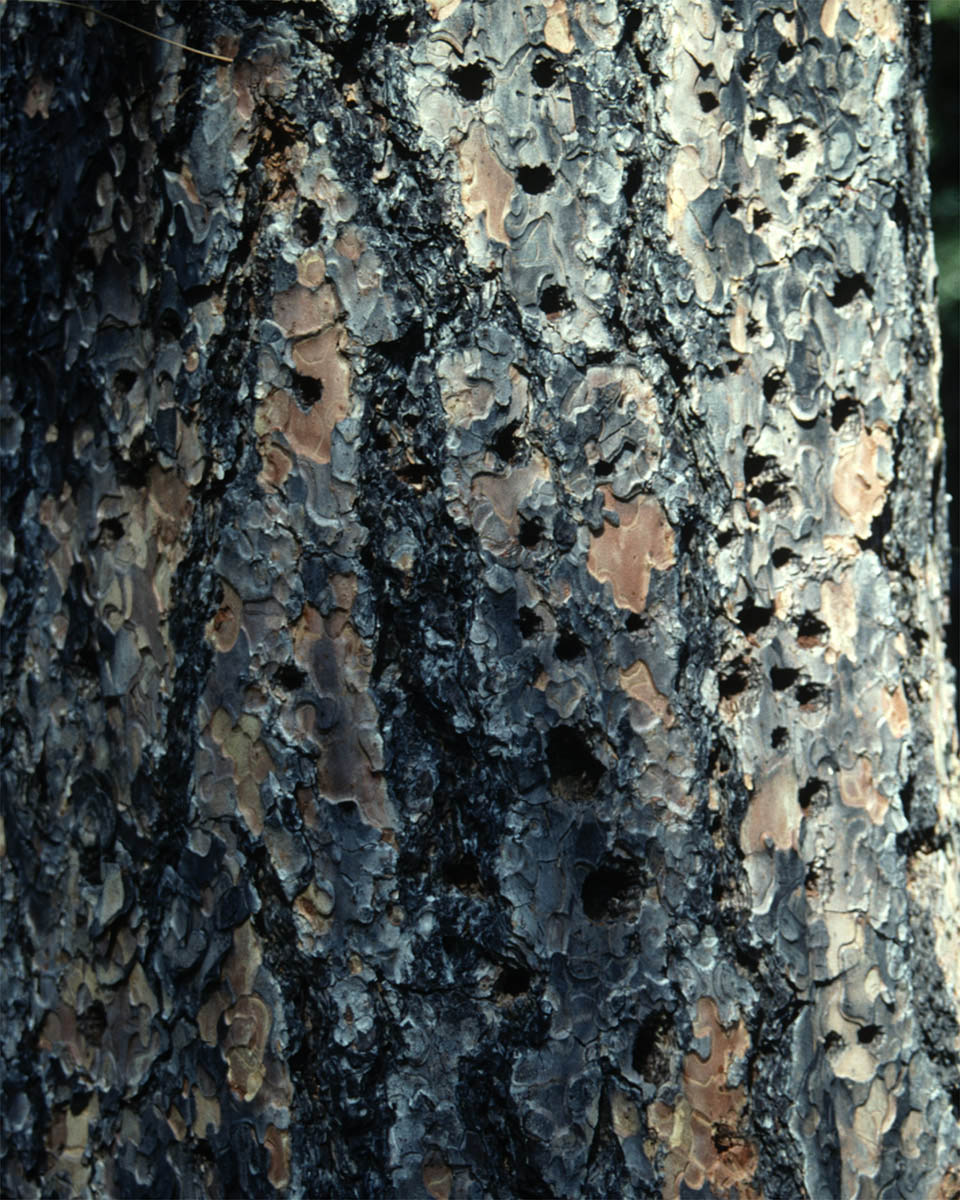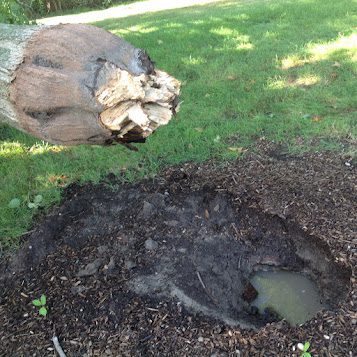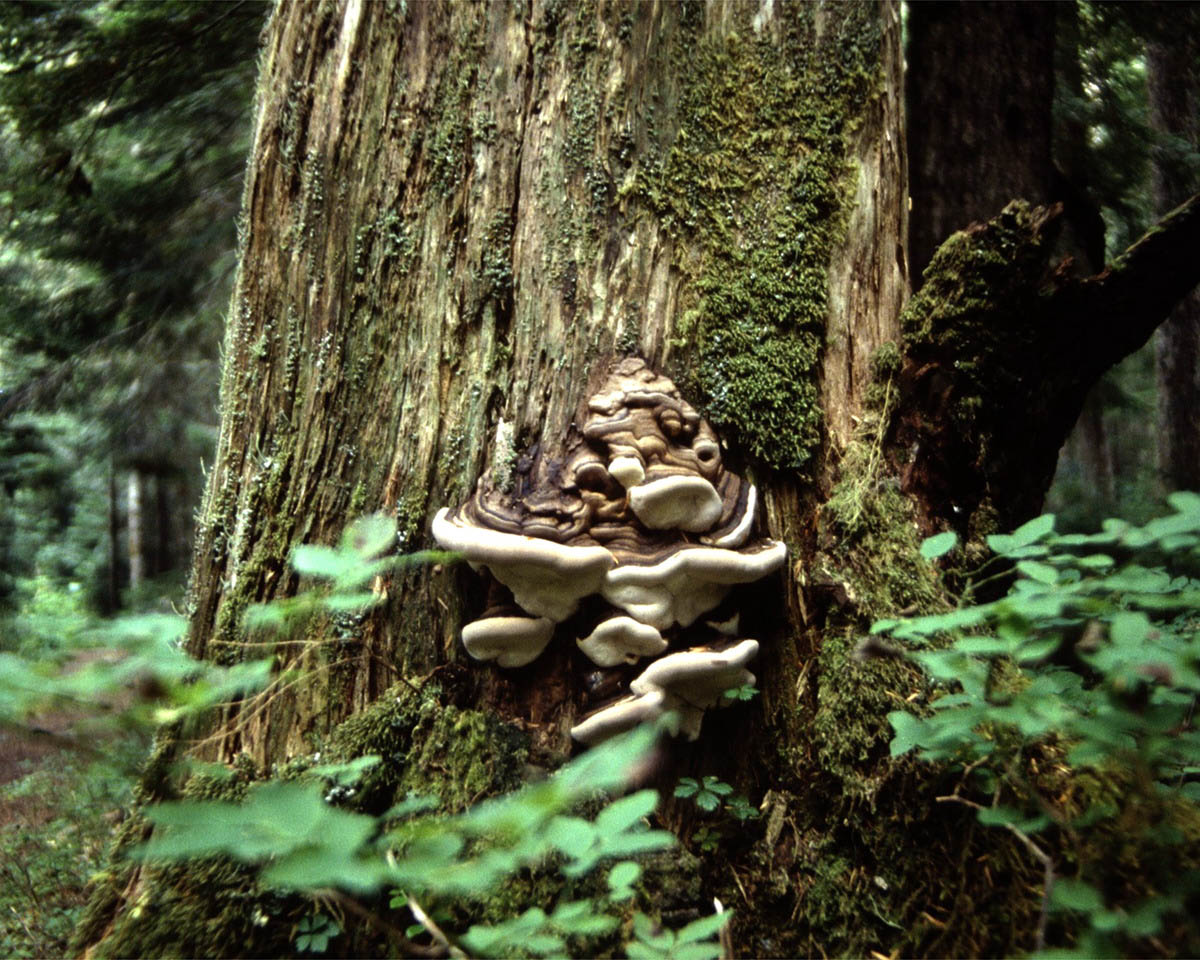
Factors Affecting Trees
Trees are resilient, but they are not immune to environmental stressors, pests, and diseases. Understanding what affects their health is the first step in ensuring their longevity. Tree health issues can be categorized into two main types: abiotic (non-living factors) and biotic (living factors such as pests and disease).
1. Abiotic Factors: Environmental & Structural Stressors
Abiotic stressors are non-living factors that negatively impact trees, often weakening them and making them more susceptible to disease and pest infestations.

-
Soil Compaction & Poor Drainage
Compacted soil restricts root growth, reducing water and nutrient absorption. Poor drainage can also lead to root rot, suffocating the tree from below.
-
Nutrient Deficiencies & Soil Imbalances
Lack of essential nutrients such as nitrogen, phosphorus, and potassium can cause weak growth, leaf discoloration, and reduced resilience. Soil testing is crucial in diagnosing and addressing deficiencies.
-
Extreme Weather Conditions
Drought, heavy rainfall, high winds, and temperature fluctuations can stress trees, leading to branch dieback and structural instability.
-
Construction Damage & Root Disturbance
Nearby construction activities can damage root systems, compact soil, and cause long-term stress, making trees more vulnerable to decline.

2. Biotic Factors: Insects & Disease Threats
Biotic stressors include living organisms such as pests and pathogens that directly attack trees, leading to health deterioration if left untreated.
Insect Infestations
Certain insects can weaken trees, feed on foliage, or burrow into bark, disrupting nutrient flow. Common harmful pests include:
-
Borers (Emerald Ash Borer, Pine Beetles) – Attack tree trunks and restrict nutrient movement.
-
Sap-Sucking Insects (Aphids, Scale, Mites) – Drain essential fluids, causing leaves to yellow and drop.
-
Defoliators (Caterpillars, Gypsy Moths) – Strip trees of their foliage, affecting photosynthesis.
Fungal & Bacterial Diseases
Pathogens can infect trees through wounds, weakened roots, or environmental stress. Some common diseases include:
-
Root Rot – Affects trees in waterlogged soil, causing decay and instability.
-
Anthracnose & Leaf Spot Diseases – Lead to premature leaf drop and weakened immunity.
-
Cankers & Wilt Diseases – Block nutrient flow, leading to branch dieback and eventual death.
Healthy trees contribute to a stronger, greener environment. By identifying and addressing abiotic and biotic stressors, you can ensure your trees thrive for years to come.
